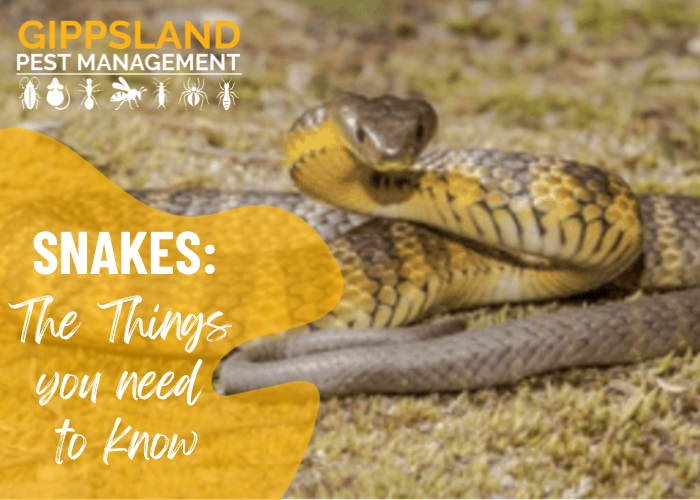How to proof for birds?
Birds nesting in your roof is becoming more and more common, especially in domestic houses. Most people will not even realise they have birds nesting in their roof until they have babies and then...
Proofing from spiders this summer
Here are some tips on proofing your home from spiders this summer. The first thing you can do to spider proof your house is get a spider treatment!






